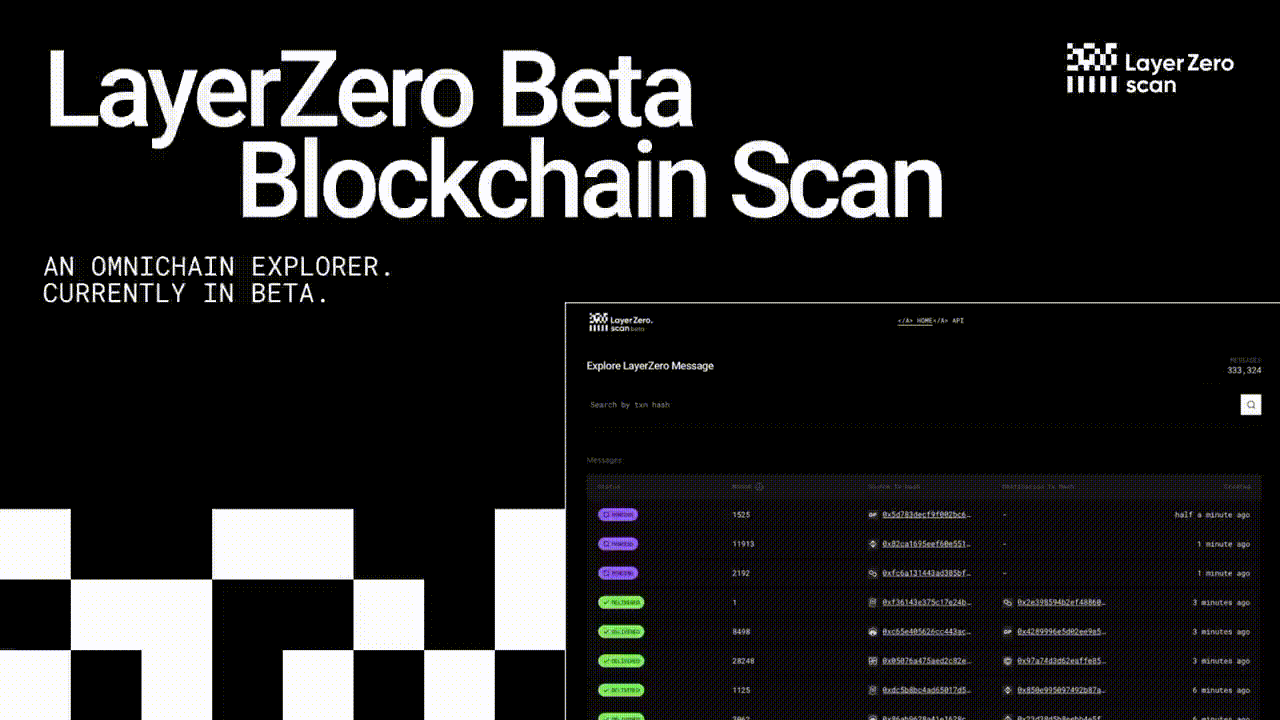You are asking really incisive questions. Thank you very much, Sudeep.
The first question is about KNN algorithm. Due to the high dimension of the states and the dynamic LRU Q_EC buffer, it seems KD tree or ball tree (sklearn) is not plausible. Therefore, I chose the naive implementation by using a heap. (Time complexity: O(D_N_logK) D is dimension of states; N is the buffer size for a single action; K is KNN)
The second question is that episodic control is much slower than the original DQN. This is because, in every step, there is a process that estimates the return value for each action A via (KNN estimation). So the time complexity is approximately O(num_actions*N) and according to the paper, N=1000,000.
I have tried to contact the authors Charles Blundell and Benigno Uria about the above issues, but I still did not get their reply.

Hey! really great work with the episodic control agent. I put it to run on my Nvidia tesla and left it overnight. The next morning only 7 epochs were done. Is there any way we could speed it up?
I ran a profiler for 2 epochs, these are the results: Ordered by: internal time
How about using sklearn's Knn instead?